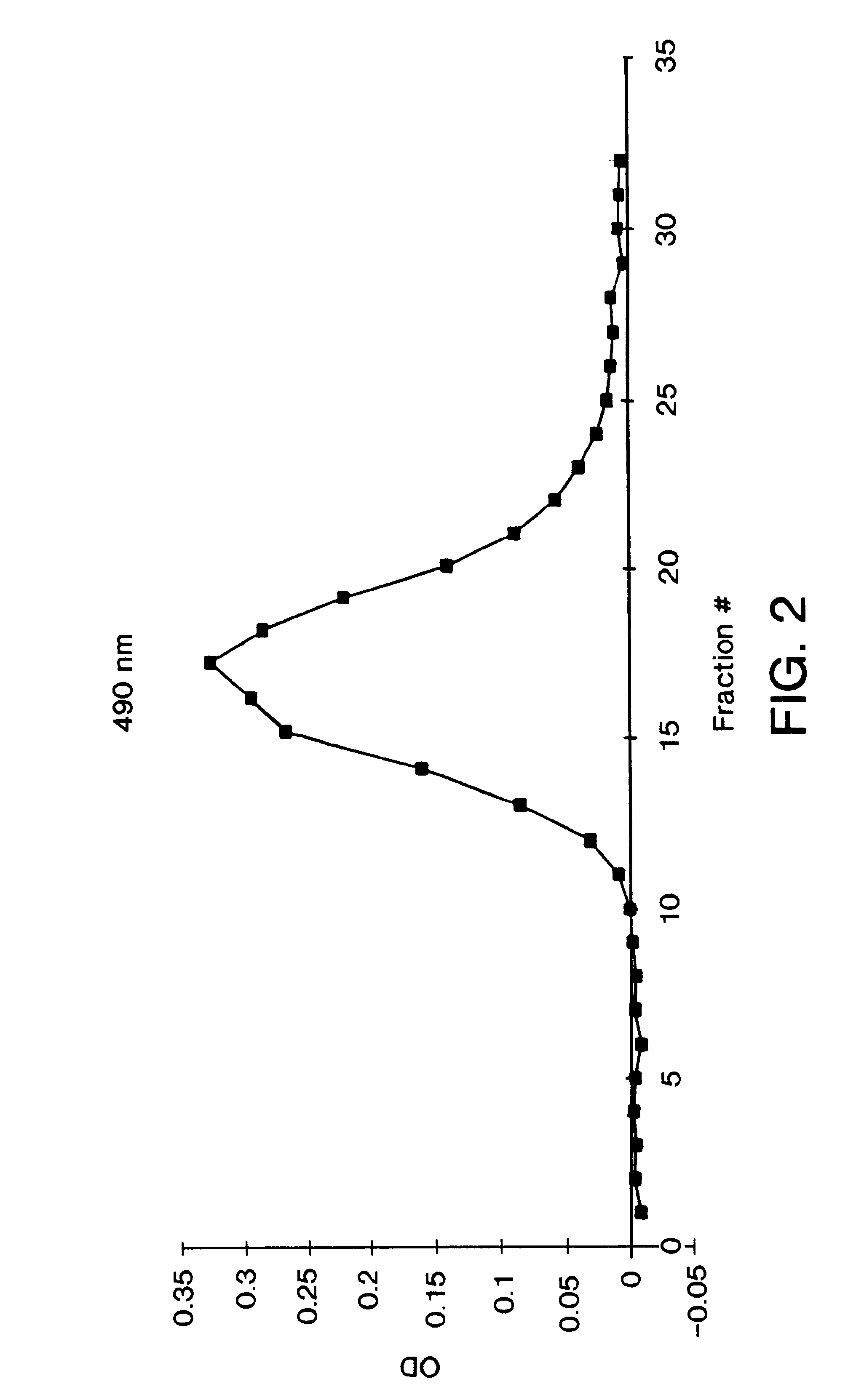Vertical-beam photometer for determination of light absorption pathlength
a technology of vertical beam and light absorption pathlength, which is applied in the field of photometry, can solve the problems of difficult reproducibility control, undefined light absorption pathlength of vertical beam photometer, and hinder the ability of vertical beam photometric techniques
- Summary
- Abstract
- Description
- Claims
- Application Information
AI Technical Summary
Problems solved by technology
Method used
Image
Examples
first embodiment
The first embodiment is especially well suited for use in determining optical pathlength in purely aqueous solvents within a moderate temperature range. This embodiment may be used at temperatures from about room temperature to the temperature of the human body (i.e., from about 20 to 40.degree. C.).
The second embodiment may be used to determine light absorption pathlength for samples having an analyte in aqueous solvents over a broader range of temperatures, i.e., from about 0 to 100.degree. C.
third embodiment
The third embodiment is suitable for determining light absorption pathlength in mixtures of aqueous and non-aqueous solvents.
Finally, the fourth embodiment is preferred for use with nonaqueous solvents having values of .epsilon..sub..lambda..multidot.C of from about 0.05 to 5 cm.sup.-1 for absorption bands located within the near infrared to infrared regions of the electromagnetic spectrum from about 800 to 6000 nanometers.
Vertical-beam photometers suitable for carrying out the invention will have the following:
1. a light source, such as tungsten halogen, xenon flash lamp, mercury arc lamp, or the like;
2. a wavelength selection means capable of selecting bands of light in the ultraviolet-visible region of the electromagnetic spectrum from between 180 to 750 nanometers. (These ultraviolet-visible bands will normally be used for analysis of concentration of analytes in samples comprised of at least one analyte dissolved in a solvent);
3. a wavelength selection means capable of selectin...
example 1
In this example a vertical-beam photometer was also used as a horizontal-beam photometer in the near infrared at wavelengths greater than 800 nm. For these horizontal-beam measurements, a 1.00 cm pathlength quartz cuvette is filled with water and capped with a Teflon stopper which is taped to the cuvette. The capped cuvette was placed horizontally in a vertical-beam photometer so that a selected band of incident light is passed through one clear (transparent) wall of the cuvette, next through the water sample, and finally through the opposite clear (transparent) wall of the cuvette before being measured by the photodetector of the photometer. The results of such measurements are equivalent to measurements made by horizontal-beam photometry The band of incident light is first selected by passing through either the nominally 900 nanometer center-band or the 970 nanometer center-band interference filter (each of which have approximately a 10 nanometer bandpass). The resulting photometr...
PUM
 Login to View More
Login to View More Abstract
Description
Claims
Application Information
 Login to View More
Login to View More - R&D
- Intellectual Property
- Life Sciences
- Materials
- Tech Scout
- Unparalleled Data Quality
- Higher Quality Content
- 60% Fewer Hallucinations
Browse by: Latest US Patents, China's latest patents, Technical Efficacy Thesaurus, Application Domain, Technology Topic, Popular Technical Reports.
© 2025 PatSnap. All rights reserved.Legal|Privacy policy|Modern Slavery Act Transparency Statement|Sitemap|About US| Contact US: help@patsnap.com



